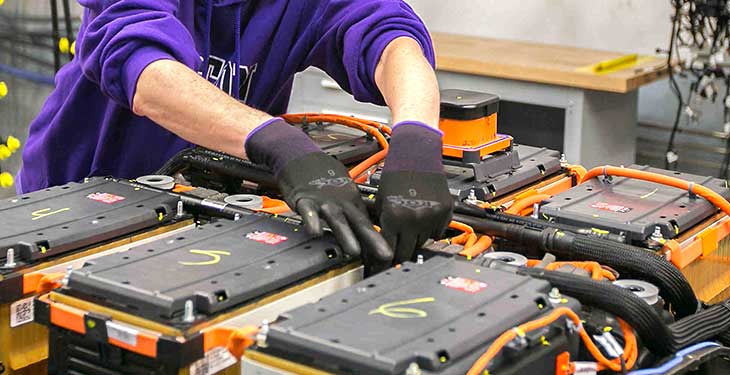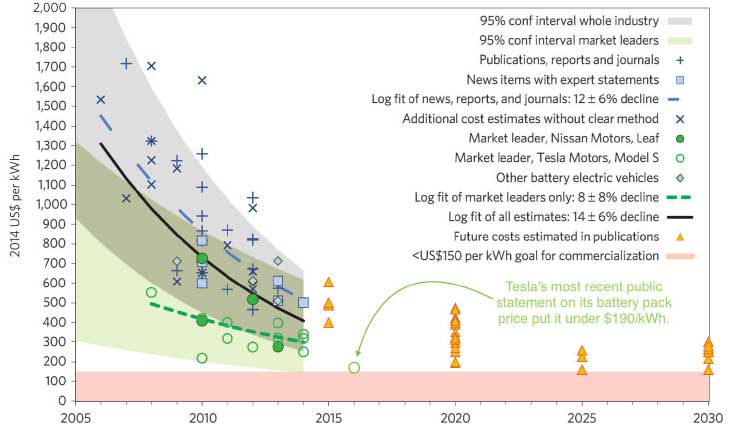In the past eight years the number of plug-in electric vehicle models increased from one to more than 20, battery costs have decreased 70 percent, and we have increased the number of electric vehicle charging stations from less than 500 in 2008 to more than 16,000 today – a 40 fold increase.
These are the facts that constitute the starting point for a recent White House initiative in order to accelerate Electric Vehicle adoption in the United States. In fact, the White House forged a collaboration coordinated by the Department of Energy for reaching specific targets:
- to achieve 350 kW, 10-minute EV fast charging (To put some perspective into this, current DC fast charging for all electric cars except Teslas maxes out at just 50 kW! That adds 75–100 miles of driving range in ~30 minutes. Source: cleantechnica.com)
- workplace charging initiative
- $4.5 billion for EV charging loan guarantees; “FAST Act process” to identify and streamline development of EV charging corridors across the United States
- to bring down battery costs below $100/kWh in order to really accelerate the clean transport rEVolution
All these targets are very ambitious, and, for the moment, they seem even overly ambitious! However, considering the scale of the organizations already on for these commitments, the prospect of achieving the targets above does not seem altogether utopian: White House, Department of Energy, Department of Transportation, the Airforce and the Army, and the Environmental Protection Agency, alongside an unprecedented electric vehicle coalition forged among nearly 50 vehicle manufacturers, electric utilities, electric vehicle charging companies, states, and organizations to increase electric vehicle charging infrastructure. Among these: Avista, Berkshire Hathaway Energy, Stanford University, BMW, Duke Energy, Ford, General Motors, Nissan, Tesla.
In an analysis published by cleantechnica.com, Zachary Shahan added another reason for optimism: batteries for electric cars prices fell at a pace much faster than predicted by most forecasts, as showed by a study released by Nature Climate Change, and recently updated.


